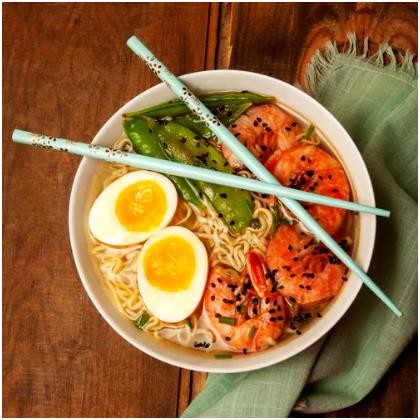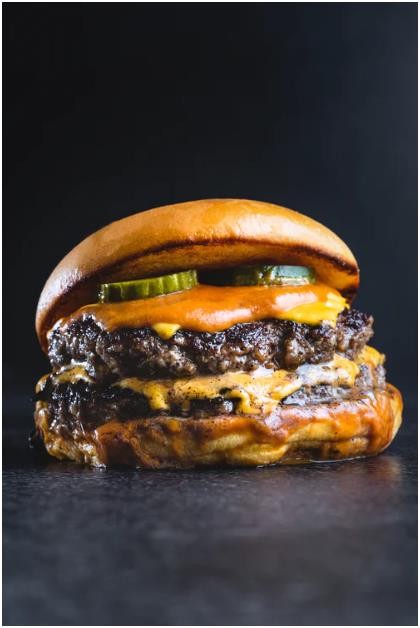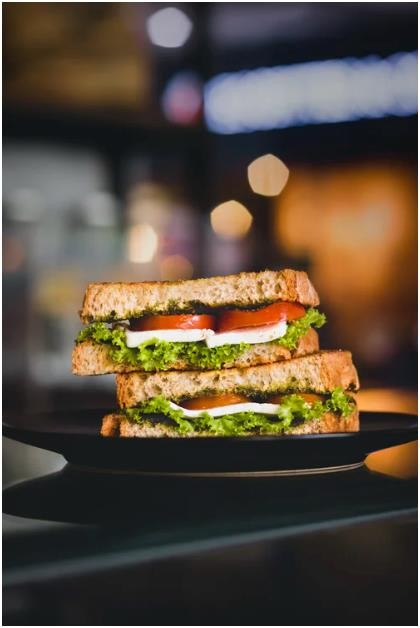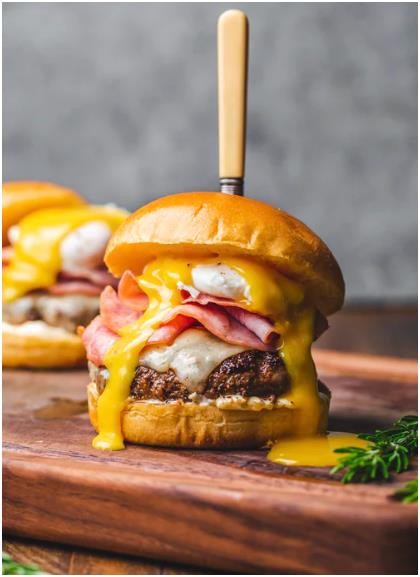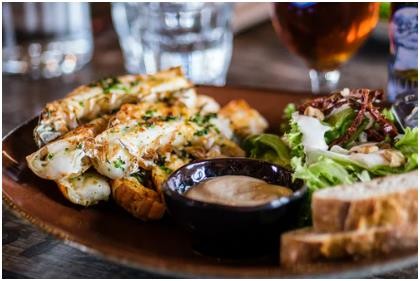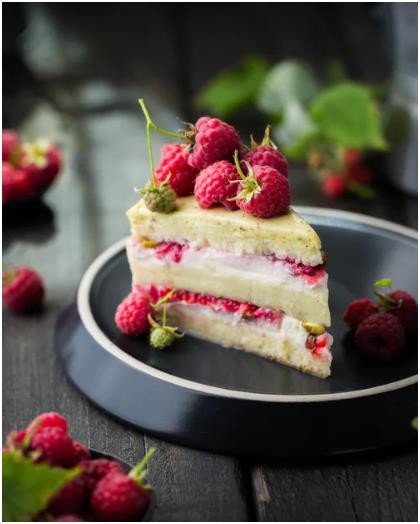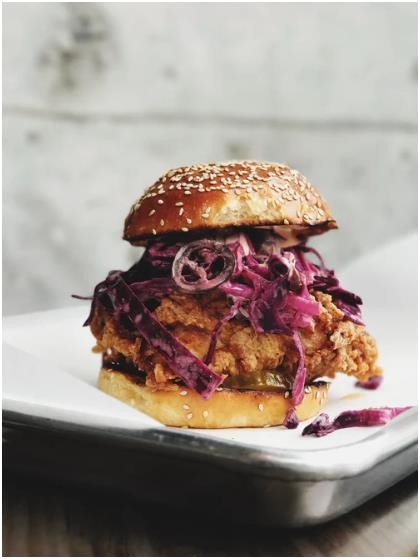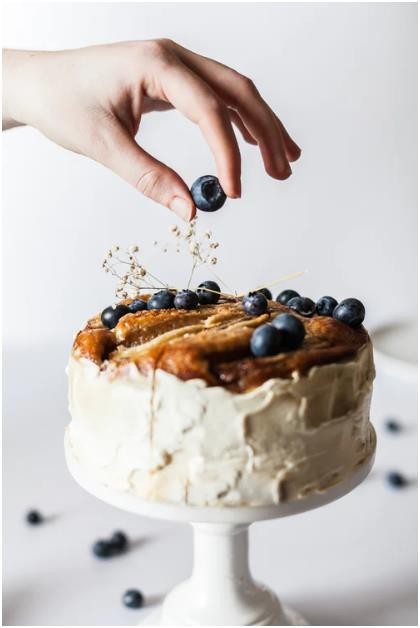Exploring Western Cuisine A Comprehensive Guide to Knowledge and English Expressions
Western cuisine, known as "Western food" or "European cuisine" in English , originated from diverse European culinary traditions and expanded globally through cultural exchanges. In China, its history dates back to the th century when French cuisine was introduced and gradually adapted to local tastes . Today, it represents a fusion of international flavors, from Italian pasta to American ham burge rs, reflecting both historical depth and modern innovation.
Western cuisine emphasizes fresh, high-quality ingredients. Common staples include:
- Proteins: Beef (e.g., steak cuts like filet or tenderloin), poultry, seafood (e.g., salmon, shrimp), and lamb .
- Vegetables: Broccoli, carrots, potatoes, and leafy greens.
- Dairy: Cheese varieties (e.g., cheddar, mozzarella) and butter.
Popular cooking methods include:
- Grilling/Roasting (grilled steak or roast chicken) to preserve natural flavors.
- Frying (e.g., French fries) and Baking (e.g., pizza or ****gna) .
Western menus feature globally recognized dishes:
- Steak (牛排): Classified by cuts like ribeye or sirloin, often served with sauces (e.g., pepper sauce).
- Pasta (意面): Varieties include spaghetti, penne, and fettuccine, paired with sauces like Bolognese or carbonara .
- Salad (沙拉): Mixed greens with dressings like Caesar or Vinaigrette.
- Hamburger (汉堡): A staple fast-food item with beef patties, vegetables, and condiments.
- Pizza (披萨): Topped with cheese, tomatoes, and meats like pepperoni .
Western dining etiquette emphasizes formality and respect:
- Seating: Ladies first, with upright posture.
- Utensil Use: Follow the "outside-in" rule for cutlery .
- Table Manners: Avoid loud chewing; place used utensils diagonally on the plate after meals.
- Cultural Awareness: For example, steak doneness (rare, medium, well-done) and wine pairing (red wine with red meat) reflect regional customs .
Mastering English terms enhances cross-cultural communication:
- Menu Vocabulary:
- Cultural Context: Use phrases like fine dining for formal meals or brunch (a late-morning meal comBINing breakfast and lunch) .
Western cuisine continually evolves, blending traditions with innovation. Examples include:
- Fusion Dishes: Asian-inspired sushi burritos or kimchi tacos.
- Health Trends: Plant-based alternatives (e.g., vegan burgers) and organic ingredients.
- Fast-Casual Dining: Chains like Starbucks and Subway popularizing Western flavors worldwide .
Understanding Western cuisine transcends food—it’s a gateway to cultural appreciation and language learning. By mastering terms like steak, pasta, and table etiquette, one can navigate international dining scenes confidently. Whether savoring a French coq au vin or an American BBQ, Western cuisine offers a rich tapestry of flavors and traditions worth exploring.
For expanded examples of dishes and vocabulary, refer to sources like , , and .
版权声明:本文内容由互联网用户自发贡献,该文观点仅代表作者本人。本站仅提供信息存储空间服务,不拥有所有权,不承担相关法律责任。如发现本站有涉嫌抄袭侵权/违法违规的内容,请联系QQ:23236402举报,一经查实,本站将立刻删除。

